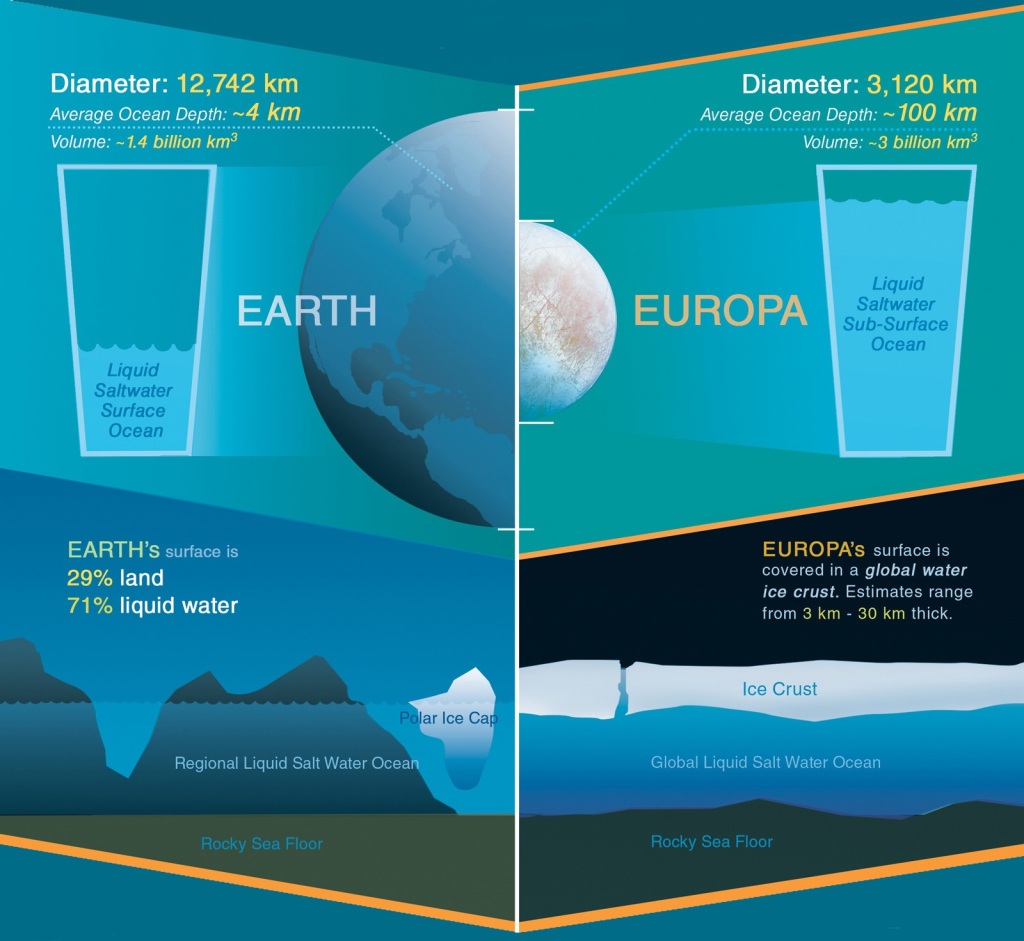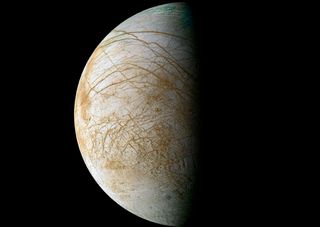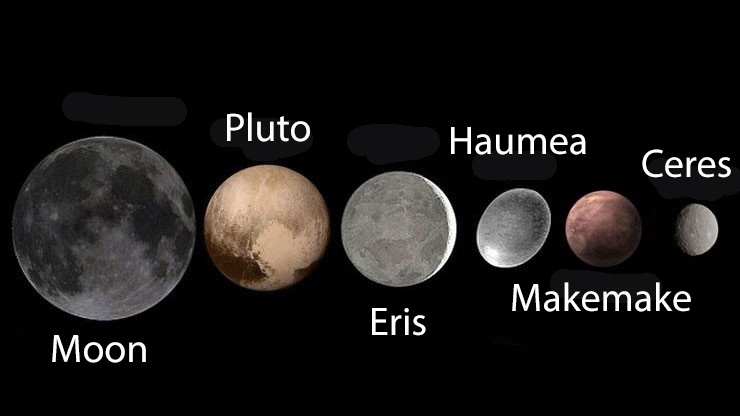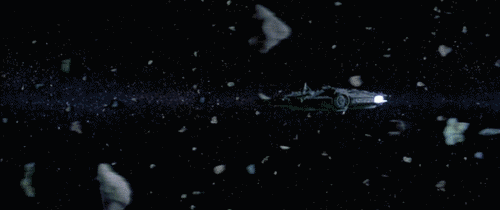When I heard about the names of Jupiter’s moons, I immediately wanted to dive into the mythology behind them! The four largest moons of Jupiter, each interesting in their features, are also interesting in their mythological stories as people who were lovers of Zeus. In this post, I will briefly describe the story behind these moon’s names, starting with Io.
Io is a Greek myth and the story of a mortal nymph who was a priestess of Hera, wife of Zeus. Jupiter is the Roman name for the god Zeus, so even though this story originated in Greek mythology, Io was still named as a moon for the planet Jupiter. In this myth, Zeus fell in love, or lust, with Io, and wanted to protect her from his wife Hera before she found out he was cheating on her. To do this, Zeus decided to turn Io into a white cow. Hera, however, saw through this, and convinced her husband to give her the cow (Io). She wanted Io to be watched over so that Zeus could not interact with her further, so she sent Argus, a man with 100 eyes, to keep watch on her. Zeus, unhappy with this development, ordered the god Hermes (Mercury in Roman mythology) to kill Argus. In her anger at Io being free, Hera sent a fly to follow and bother the cow, and Io was stuck traveling across the Earth as a cow. She was eventually turned into a human again by Zeus, and she gave birth to his son.
Next is Europa, another Greek myth, with a similar theme of transformation into an animal. Unlike the story of Io, though, it was Zeus who turned into an animal, specifically a white bull. As a particularly beautiful bull, Zeus approached Europa and her group of friends. After petting and fawning over the animal, Europa eventually got on his back, which led to Zeus promptly speeding away into the sea. After traveling some distance, Zeus explained the situation to her and his apparent love of her. They went to Crete and she eventually had his children.
Thirdly, Ganymede is unique because he was actually a male, whereas the other famous lovers of Zeus were female. Ganymede was a beautiful prince whom Zeus abducted after, once again, turning into an animal – an eagle this time. After being abducted, Ganymede was forced to be a cupbearer on Mount Olympus in addition to being his lover. In this story, the lover taken from their home was punished by Hera, notorious for her rage at Zeus’ infidelity. Ganymede was transformed by Hera into the constellation Aquarius, so technically Ganymede has two famous positions in the sky!
The fourth and final large moon of Jupiter is Callisto. Callisto was a nymph and follower of the goddess Artemis, and in order to be part of Artemis’ hunting team, she had to take a vow of chastity. Zeus, being the not-so-great guy that he was, decided he was in love with her, and used deception in the form of turning into Artemis to lure Callisto and take advantage of her. After this was discovered, she was kicked out of Artemis’ group, and (unsurprisingly) turned into a bear, by either Hera in her rage or by Zeus in an attempt to hide her from Hera. Hera then attempted to get Artemis to slay the now bear, Callisto, but Zeus instead turned her into a constellation where she became Ursa Major. Callisto, like Ganymede, has two spots in our night sky.
Throughout these myths, there are some recurring themes, such as Zeus being a terrible person, Hera’s punishments, and turning into animals. These are the stories behind the names of Jupiter’s moons!
Image of Jupiter’s moons












